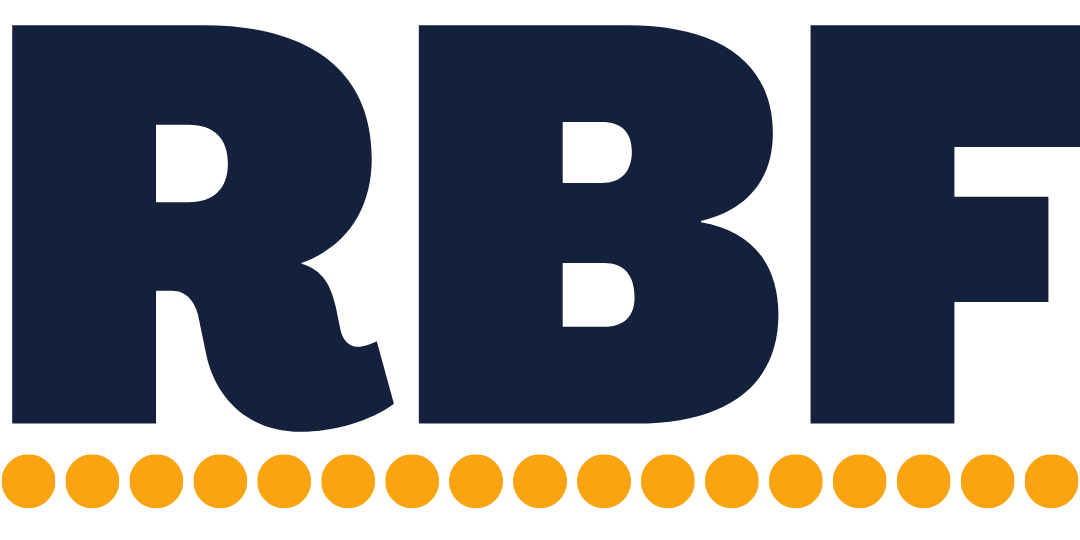Customize your accounting software for more meaningful financial reports
Hey, I’m Michael Eckstein 👋, and this is ‘Ordinary & Necessary’, a weekly newsletter about the boring business topics that don’t get enough traction on the web, but will help you manage and grow your business. You signed up on my website. If you’d like to unsubscribe, just click the link at the bottom of this email. No harm, no foul, I’d love to have you back sometime.
Modern accounting software is wonderful. You can send invoices, collect credit card payments, organize receipts, automatically download transactions, quickly categorize those transactions, generate financial reports, and so much more. All that work used to take hours by hand. Even older accounting software or spreadsheets (like Excel or Google Sheets) can’t keep up with modern software.
That said, accounting software isn’t perfect. It’s full of little quirks and bugs. But, most importantly, modern accounting software is one-size-fits-all. It’s designed to be good enough for 98% of small businesses, so it can be used right out of the box. That leaves you missing out on a lot of the potential.
Your out-of-the-box reports are going to be incredibly general. You’ll have sales, wages, rent, and other very common expense categories. But, even the most basic business is more complex than that and you could use more detail to make educated decisions. And, you can add that detail by customizing your Chart of Accounts (aka the master list of all the categories you can slot transactions in) to better fit your business. To quote my CFO-friend Kathy, “A chart of accounts is like a suit. It needs to be tailored in order to fit properly otherwise you end up with a weird fit and sleeves that are too long 😄” And, just like a suit, even if the off-the-rack chart of accounts looks good enough, it’ll look soo much better with a bit of tailoring.
Create multiple revenue accounts – Instead of just ‘Sales,’ add revenue accounts for each major service you provide. For example, my Chart of Accounts is set up with: 1, personal tax returns, 2, business tax returns, 3, monthly accounting, 4, advisory services, and then I use the original sales account for all the little one-off or custom projects throughout the year. Breaking up your revenue like that lets you quickly see which part of your business is generating the most revenue.
Add more expense accounts – The starter expense accounts are incredibly general and industry-agnostic. Some accounting software doesn’t even include very common expenses like software or gas. But, on top of adding accounts you need to maintain your accounting, you should also add detail you’d like to see. For example, you can split ‘Wage Expense’ into ‘Billable Employee Wage Expense’ and ‘Unbillable Employee Wage Expense.’ Or, you can split up expenses that are purchased for both clients and your business (eg, a marketing agency might spend money on ads for both their clients and their own agency).
(Note: Unless you have a really good working knowledge of accounting, I’d stick to just adding accounts in the Revenue and Expense categories and avoid the Asset, Liability, or Equity categories. I’d also avoid deleting any categories/accounts at all.)
Action Item: Create new revenue accounts for your major services.
Have a great weekend and stay safe!
Michael Eckstein
